If there are any recurring themes running through this Blog, one of the foremost will most certainly be the number of repetitive, labour intensive tasks required to keep our century old locomotives and rolling stock in traffic.
One of the most time consuming is the white-metalling of axleboxes and side rod bearings. Similar to crankshaft bearings in a car, these locomotive bearings are made of brass with a thin layer of white-metal cast onto the internal cylindrical face. When the bearings are out of tolerance, the white-metal is melted out and recast, before machining to size.
The process is fraught with difficulties and opportunities for the process to fall; the white-metal must be heated to just the right temperature and not “over cooked”, impurities need to be remove before casting, bearing faces must be clean and have adequate grooves to lock the white-metal in place, and the layer must be just the right thickness.
Failure to achieve these things will result in the white-metal fracturing and peeling away from the brass backing, causing considerable damage.

Puffing Billy replaces all the white-metal in each locomotives side rod bearings the equivalent of once every 2 years, and that equates to a lot of down time. This doesn’t take into account axleboxes bearings either.
Following some investigation into solutions other railways had developed, and based on our experience with modern hard wearing plastics, the engineering team developed a design for a brass side rod bearing with a bearing shell machines from a hard wearing grade of Nylon.
Above, the old brasses were built up to be under size and then machined back to their original diameter.
A bar of Nylon was machined to roughly the equivalent size of the white-metal shell on the inside, and to suit the brass on the outside. The Nylon bush was then cut in half, with each half being glued into one half of the brass with a special grade of Loctite.
The two halves of the brass were then clamped into the corresponding rod end buckle (above), and set up in the milling machine for boring and facing down to final size. The finished product can be seen below, fitted to 14A ( the Guinea Pig engine) for testing.
A limited number of trials have been carried out, and so far performance of the bearing has been satisfactory. An interesting side effect has been the increase in running temperature of the crank-pin, compared to that with a white-metal bearing fitted. There are a number of possible reasons for this; material finish, bearing tolerances, heat conductivity of the Nylon, lubrication.
As time allows, more trials will be conducted to see what improvement can be achieved.



